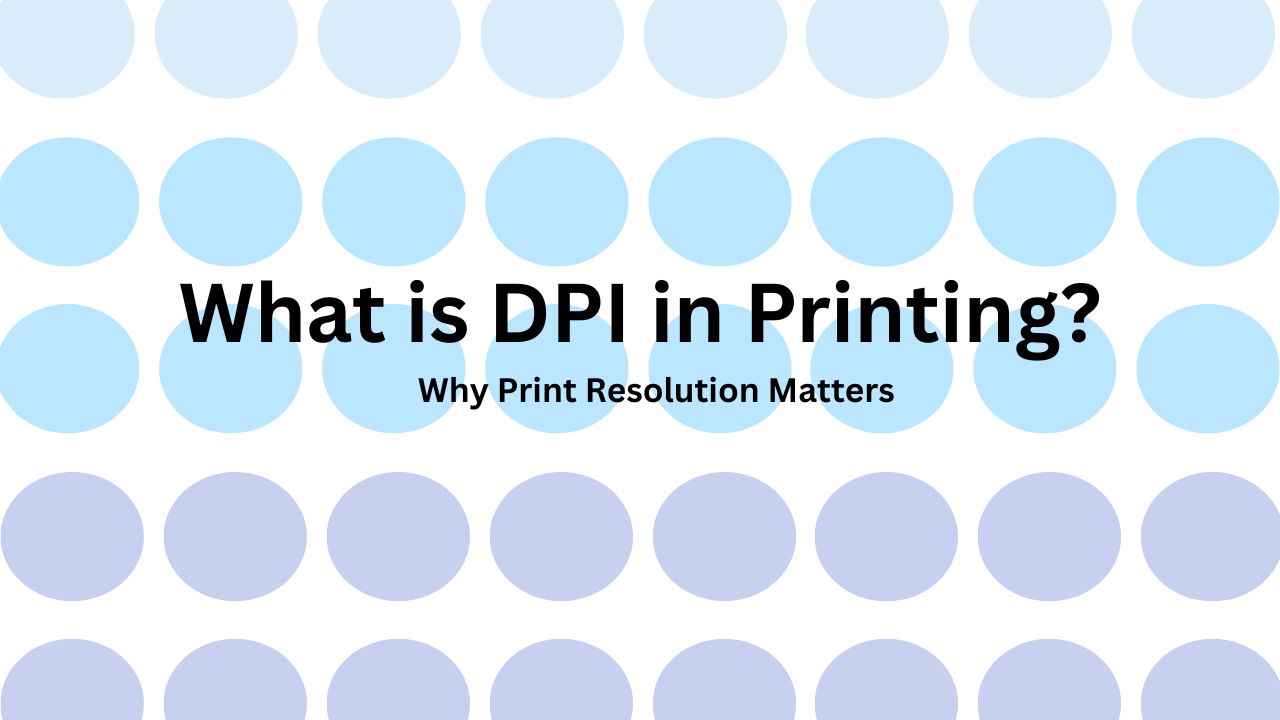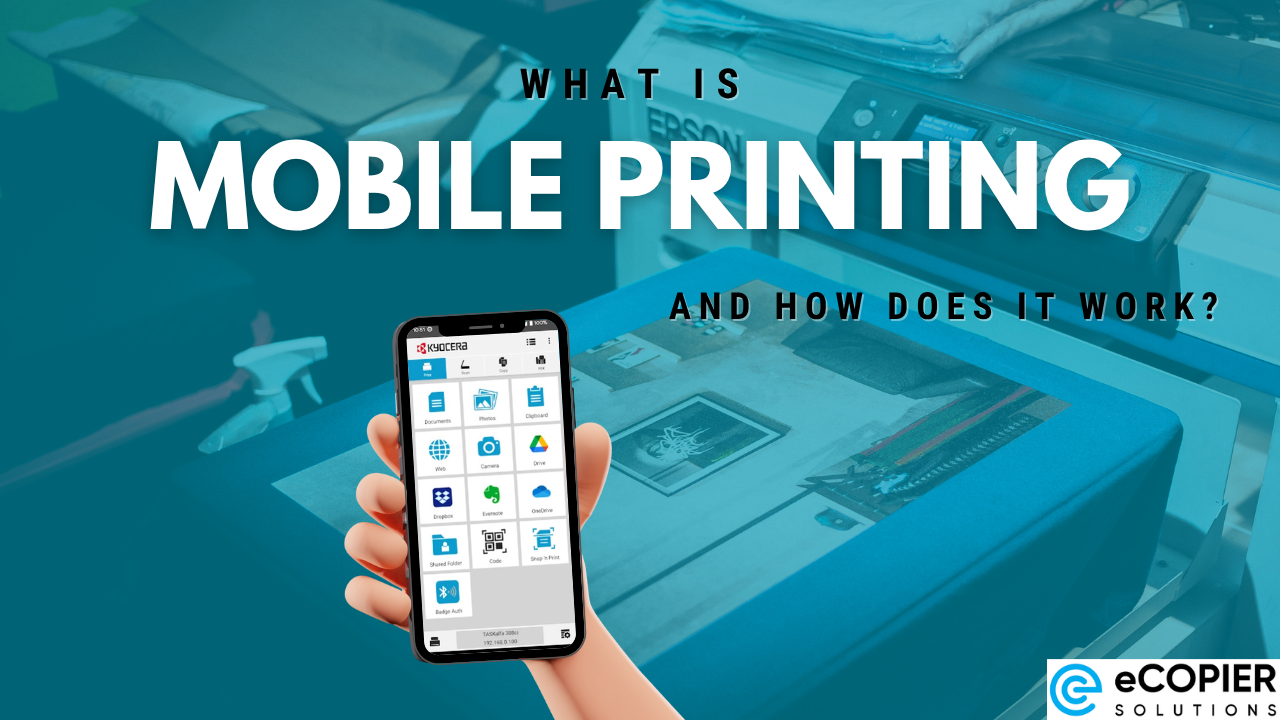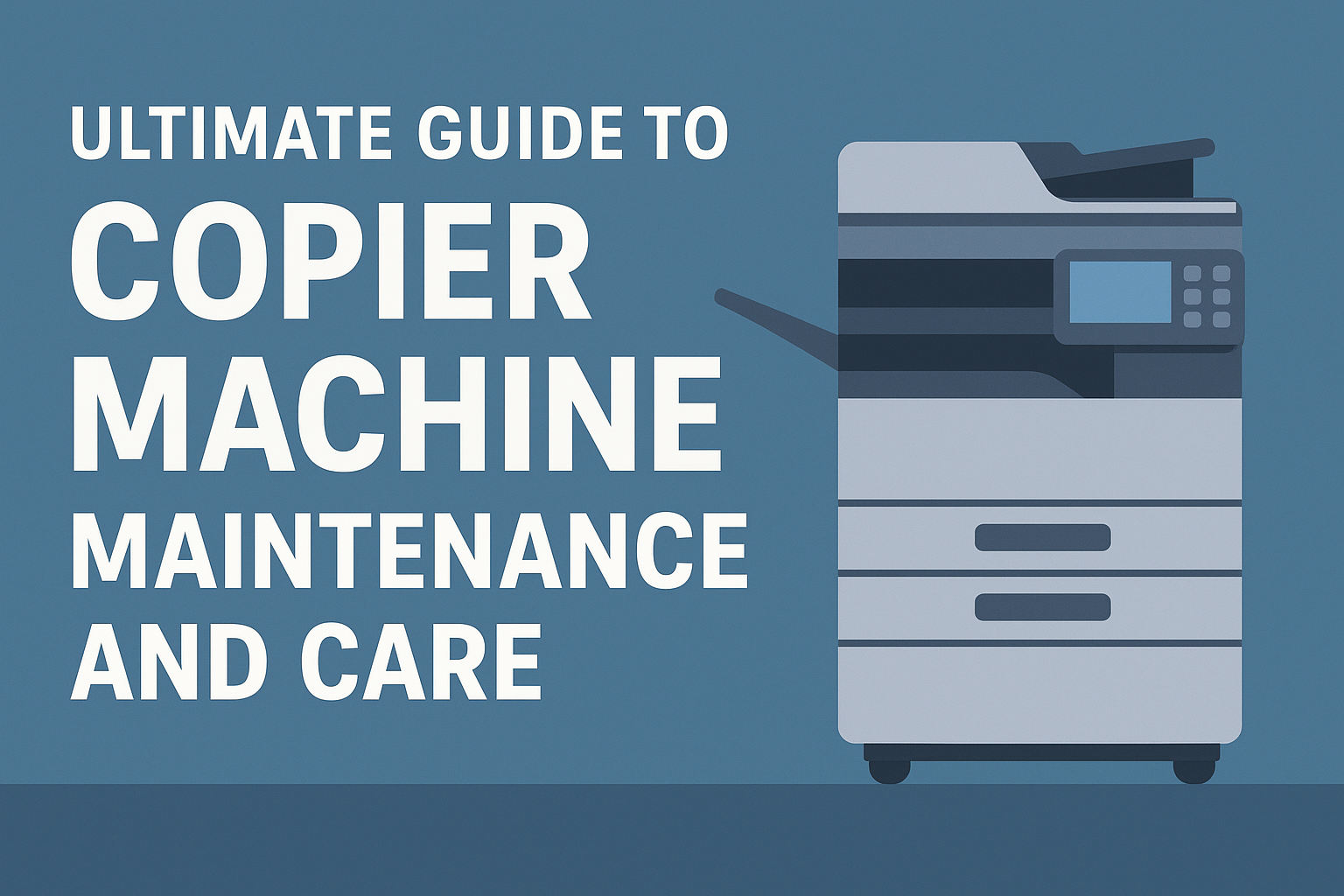The Evolution of Document Management
Document management has undergone a significant transformation over the years, moving from traditional on-premises systems to the emergence of cloud-based solutions. The evolution has brought forth a need for comparison between on-premises and cloud document management methods to determine the most suitable approach for businesses.

Traditional On-Premises Systems
In the past, organizations relied on traditional on-premises systems to store and manage their documents. These systems involved hosting the document management infrastructure within the organization's premises, typically on local servers. This setup required dedicated IT staff to manage and maintain the systems, ensuring data security and accessibility.
Emergence of Cloud-Based Solutions
With technological advancements, cloud-based document management solutions have gained prominence. Cloud-based systems store documents on remote servers maintained by third-party providers. This allows for greater flexibility, scalability, and accessibility as documents can be accessed from anywhere with an internet connection. The cloud also offers automatic updates, reducing the burden on internal IT teams.
Need for Comparison: On-Premises vs. Cloud
As organizations navigate the landscape of document management, it becomes essential to compare the benefits and limitations of on-premises and cloud-based solutions. Factors such as security, scalability, accessibility, and cost play a pivotal role in determining which approach aligns best with the organization's needs and objectives.
The comparison between on-premises and cloud document management systems is crucial for organizations looking to enhance efficiency, collaboration, and data management practices. Understanding the distinct characteristics and considerations of each system is imperative for making informed decisions that support the organization's document management strategy.
On-Premises Document Management
In the realm of document management, on-premises systems play a significant role in how organizations handle and store their digital assets. Let's delve into the definition, characteristics, as well as the pros and cons associated with on-premises document management.
Definition and Characteristics
On-premises document management refers to the traditional approach where the organization hosts its document management system and data on its own physical servers or data centers. This setup requires in-house IT infrastructure and dedicated staff to manage and maintain the system.
Characteristics of on-premises document management include:
- Control: Organizations have full control over their data and can implement tailored security measures.
- Customization: Systems can be customized to meet specific organizational needs and compliance requirements.
- Data Localization: Data is stored locally, which can be beneficial for organizations with data sovereignty concerns.
Pros and Cons of On-Premises Systems
When weighing the advantages and disadvantages of on-premises document management, organizations need to consider various factors before making a decision.

While on-premises document management offers robust security features, customization options, and data control, it comes with challenges such as high upfront costs, ongoing maintenance expenses, and limited scalability. Organizations must carefully assess their needs and resources when opting for on-premises systems to ensure alignment with their business objectives and long-term sustainability.
Cloud-Based Document Management
Transitioning from traditional on-premises document management to cloud-based solutions has become increasingly prevalent in the business world. Understanding the definition and key characteristics of cloud-based document management is essential for organizations looking to optimize their document handling processes.
Definition and Characteristics
Cloud-based document management entails storing, managing, and accessing documents and files through internet-based cloud services. Instead of relying on on-site servers and infrastructure, organizations leverage cloud platforms to securely store and organize their digital assets. This approach offers flexibility, scalability, and enhanced collaboration capabilities, revolutionizing the way documents are managed.
Key characteristics of cloud-based document management include:
- Centralized document storage accessible from any location with internet connectivity.
- Automatic updates and backups to ensure data integrity and security.
- Collaboration features such as real-time editing, commenting, and version control.
- Integration with other software applications for seamless workflow efficiency.
Pros and Cons of Cloud-Based Solutions
When evaluating the adoption of cloud-based document management, organizations must consider the benefits and drawbacks associated with this approach.

By weighing these pros and cons, organizations can make informed decisions regarding the adoption of cloud-based document management systems. Understanding the impact of cloud solutions on security, compliance, scalability, accessibility, and cost is crucial for aligning document management strategies with organizational objectives and requirements.
Security and Compliance Considerations
When it comes to managing documents, security and compliance are paramount considerations, whether utilizing on-premises systems or cloud-based solutions. Let's delve into the aspects of security in on-premises systems, security in cloud-based systems, and the critical compliance factors to consider.
Security in On-Premises Systems
On-premises document management systems entail storing and managing data within the organization's physical infrastructure. This setup provides a higher level of control over security measures and data access. Here are some key security aspects of on-premises systems:

Despite the advantages of security control in on-premises systems, organizations need to ensure they have robust measures in place to mitigate risks such as unauthorized access, data breaches, and internal threats.
Security in Cloud-Based Systems
Cloud-based document management solutions involve storing data on remote servers managed by third-party providers. While this offers scalability and accessibility benefits, security remains a critical consideration. Here are some key security aspects of cloud-based systems:

Cloud service providers typically invest in cutting-edge security technologies and comply with industry standards to ensure data protection. However, organizations must assess the provider's security certifications and protocols to guarantee data confidentiality and integrity.
Compliance Factors to Consider
Compliance requirements vary based on industry regulations and organizational policies. Document management systems must adhere to these compliance standards to prevent legal repercussions and data breaches. Here are some critical compliance factors to consider:

Addressing security vulnerabilities and complying with industry regulations are essential for both on-premises and cloud-based document management systems to safeguard sensitive data and foster trust with stakeholders. By carefully assessing security measures and compliance frameworks, organizations can establish a secure and compliant document management environment tailored to their specific needs.
Scalability and Accessibility
When it comes to document management systems, two key factors that organizations need to consider are scalability and accessibility. In this section, we will explore how these aspects differ between on-premises and cloud-based solutions.
Scalability in On-Premises vs. Cloud

Accessibility and Remote Work Capabilities
When it comes to accessing documents and collaborating remotely, cloud-based document management systems offer significant advantages over on-premises solutions.

In terms of scalability, cloud-based solutions provide a more cost-effective and flexible option for organizations looking to expand their document management capabilities without incurring significant upfront costs. Additionally, the accessibility and remote work capabilities offered by cloud-based systems enable organizations to adapt to the changing landscape of modern work environments, facilitating collaboration and productivity across geographically dispersed teams.
Cost Analysis
When evaluating document management solutions, one of the key considerations for organizations is the cost involved. Both on-premises and cloud-based systems come with their own set of cost considerations, each impacting the overall budget and financial planning differently.
Cost Considerations of On-Premises Solutions
On-premises document management systems typically require a significant upfront investment in hardware, software, and infrastructure. Organizations need to purchase and maintain servers, storage equipment, and networking components to host the system internally. Additionally, there are costs associated with software licenses, implementation, and ongoing maintenance.

While on-premises solutions may involve higher initial costs, some organizations find that the long-term ownership costs can be predictable and potentially lower compared to recurring subscription fees associated with cloud-based solutions.
Cost Considerations of Cloud-Based Solutions
Cloud-based document management solutions operate on a subscription-based model, where organizations pay a recurring fee for the services used. This subscription fee often includes access to the software, maintenance, upgrades, and support. The costs are typically based on usage levels and can scale up or down depending on organizational needs.

While cloud-based solutions may offer cost savings in terms of upfront expenses and scalability, organizations must carefully assess ongoing subscription costs to ensure they align with budget constraints and long-term financial goals.
By analyzing the cost considerations of on-premises and cloud-based document management solutions, organizations can make informed decisions based on their budget, resource availability, and strategic objectives. The choice between these two options ultimately depends on a comprehensive evaluation of the total cost of ownership and the value delivered by each solution in meeting the organization's document management needs.
Sources
https://www.folderit.com/blog/on-premises-vs-cloud-document-management-whats-best-for-your-business/
https://info.aiim.org/aiim-blog/cloud-vs-on-premises-document-solution





.jpg)

























